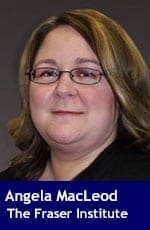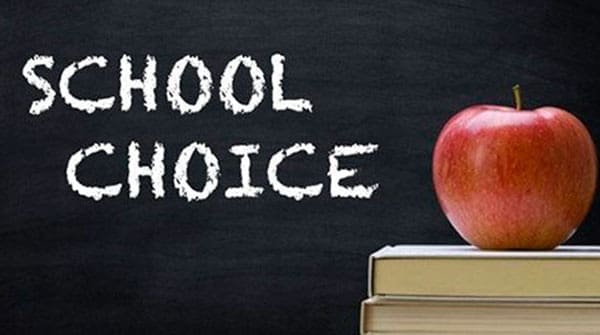 In Alberta, school choice is under attack. Alongside several teacher unions and associations, groups such as Public Interest Alberta and SOS Alberta want to reduce the choices available for families outside the public education system by pressuring the government to eliminate provincial funding for independent schools.
In Alberta, school choice is under attack. Alongside several teacher unions and associations, groups such as Public Interest Alberta and SOS Alberta want to reduce the choices available for families outside the public education system by pressuring the government to eliminate provincial funding for independent schools.
SOS (Support Our Students) Alberta, for example, claims that independent schools, which provide alternative forms of education (arts or athletics, religious instruction, Montessori, Waldorf, French immersion, etc.) “segregate students” along “many lines.”
In reality, Alberta independent schools allow parents to choose a school that best suits the needs of their children.
So what drives opposition to government funding of independent schools?
Often, those who oppose funding mistakenly believe that independent schools cater only to the wealthy. And obviously, some elite independent schools have tuition fees out of reach for the average Alberta family. However, a recent study found that only 17 of Alberta’s 96 independent schools are elite (schools that charge more than 10 per cent of the average after-tax family income in Alberta, $11,190).
The remaining 82 per cent of independent schools have tuition within reach of the average family. Of course, Albertans who choose independent schools may need to reprioritize or juggle the family budget. But thanks to partial government funding (either 60 or 70 per cent of the per-student operating grant provided to public schools), and financial assistance provided by the schools, lower- and middle-income families have a choice.
So Alberta families who choose non-elite independent schools closely resemble families who choose public schools. In fact, the average after-tax family income for non-elite independent school families is 1.8 per cent less than families with children in public schools ($95,549 compared to $97,301).
Clearly, non-elite schools are not bastions for the rich. Perhaps if opponents of independent school funding in Alberta understood this, they’d be less inclined to call for funding cuts.
If the government eliminated partial funding for independent schools, many cash-strapped families would be unable to pay tuition and would have to enrol their kids in government-run schools – even if these schools don’t meet their children’s needs.
And yet earlier this year, a spokesperson for Public Interest Alberta dismissed such concerns, stating that “almost all” parents with kids in independent schools would keep them there “no matter what rate they’re subsidized at.”
Independent schools are a small but growing segment of Alberta’s education system. Between 2000-01 and 2014-15 (the latest year of comparable data), enrolment in independent schools increased from 18,491 to 29,400 students – a spike of nearly 60 per cent. Independent school students increased from 3.2 per cent of total enrolment in the province in 2000-01 to 4.4 per cent in 2014-15.
Families choose independent schools for many reasons. But at the heart of this choice are the needs and desires of families.
The Alberta government should put families first and ignore the persistent calls to eliminate funding for independent schools.
Angela MacLeod is an analyst at the think-tank Fraser Institute and co-author of Comparing the Family Income of Students in Alberta’s Independent and Public Schools.
Angela is a Troy Media Thought Leaders. Why aren’t you?
The views, opinions and positions expressed by columnists and contributors are the author’s alone. They do not inherently or expressly reflect the views, opinions and/or positions of our publication.

